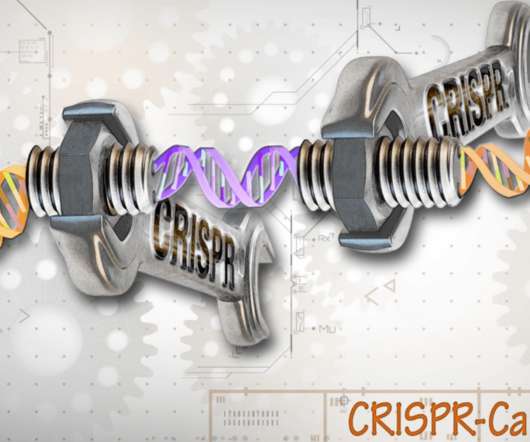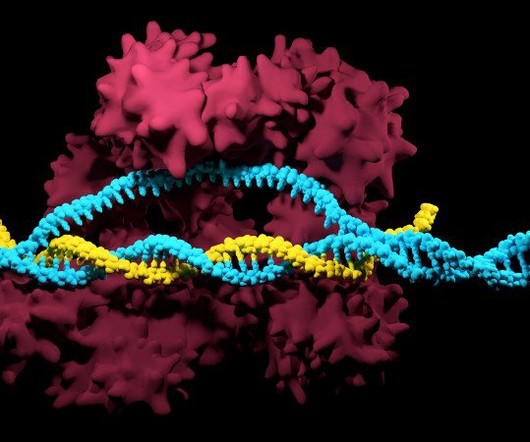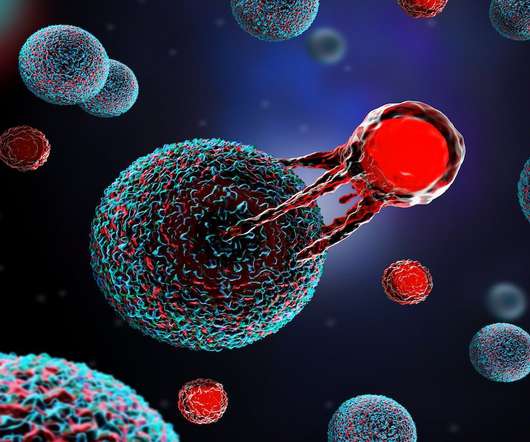New CRISPR-Based Tool Called PASTE Gene Editing Inserts Large DNA Sequences at Desired Sites
XTalks
DECEMBER 14, 2022
The CRISPR-Cas9 gene editing system uses a programmable single guide RNA sequence (sgRNA) to find and bind to specific regions of DNA and the Cas9 nuclease induces double strand breaks at these target regions of the genome. Integrases are used by viruses called bacteriophages to insert their genetic material into bacteria.














Let's personalize your content